There are three possibilities for a maple tree with bark that looks like this. You will need to let some time go by and watch this plant to see which of these is the likely cause of what’s going on with the bark. Note that sometimes more than one thing has caused the symptoms we see, and that could be the case here.
1. Canker disease is one possibility. There are several types of canker that attack maple trees and without seeing their “fruiting bodies” it’s impossible to tell which type this might be. All of them are different types of fungus. They typically show up on trees that have already be stressed by drought, freeze injury (see below), or physical wounds. The fungi enter the bark through wounds and there is no cure for canker – if you see it on a side branch that stem can be removed but on a trunk there is nothing to be done. Fungicides are a waste of your time and money. The good news is that some trees live with canker for many, many years. It’s a “time will tell” situation. You can read more about canker on maple trees here: http://maple.dnr.cornell.edu/pubs/diseases/bark.htm
2. Freeze injury. If this damage is on the south side of the tree, suspect freeze injury. In the winter the south side of trees freeze and thaw, freeze and thaw, as the warm sun heats them during the day and it gets cold at night. This can cause cracks and flaking bark. Usually the trees grow out of it or the new tissue covers or surrounds the cracks and the tree is OK. Occasionally one of the canker fungi enters these wounds, however, as we spoke of before.
3. Animal injury. In the winter time when food is scarce, mice, voles, chipmunks, squirrels, and birds all scramble to find any little thing they can eat. Animals often eat bark, or damage bark to get to insects that are underneath, or tucked inside, the bark. Trees usually grow out of this damage unless it circles the plant 360 degrees and the plant ends up girdled.
So what do you do now? Wait and see how the plant does over the summer. Support it with a good deep soaking every week to ten days if it hasn’t rained – get a rain gauge and monitor rainfall…if Mother Nature delivers an inch or more of rain a week (measured in a real rain gauge not a carton or tin can, which isn’t the same) you don’t have to water. If there isn’t that amount of rain use a soaker hose or sprinkler to soak the area under the dripline well once a week. An application of compost or composted manure 1″ thick around the tree under the dripline is also great but don’t be tempted to “help” by applying lots of fertilizer…that actually will make the tree weaker. Organic matter (decaying leaves!) is how nature fertilizes her trees and keeps them healthy – we gardeners need to take a hint.
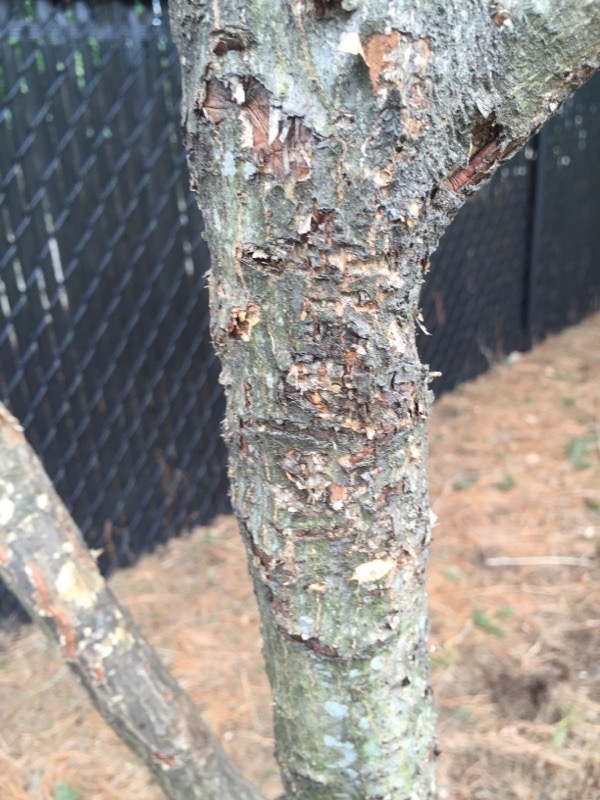
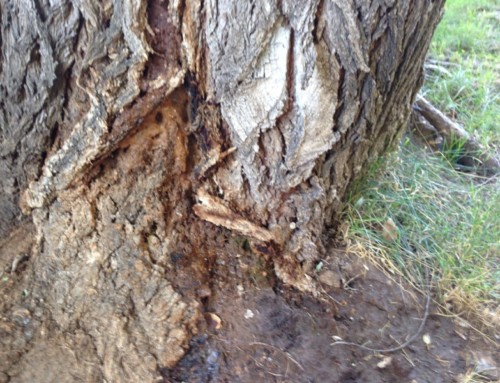
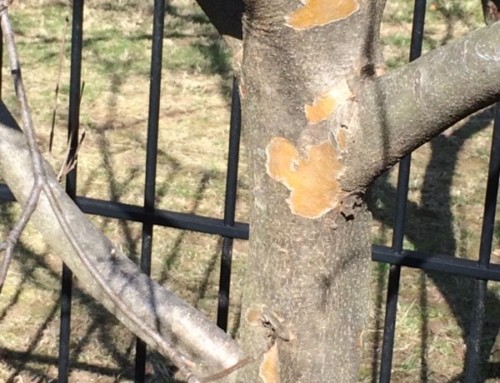
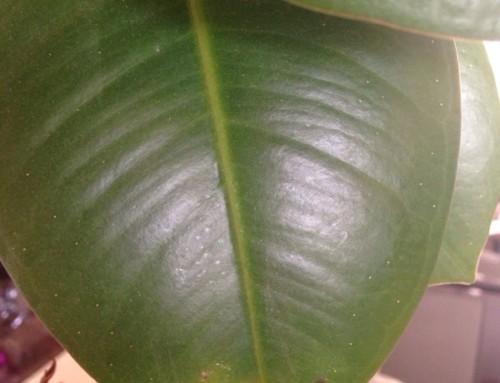
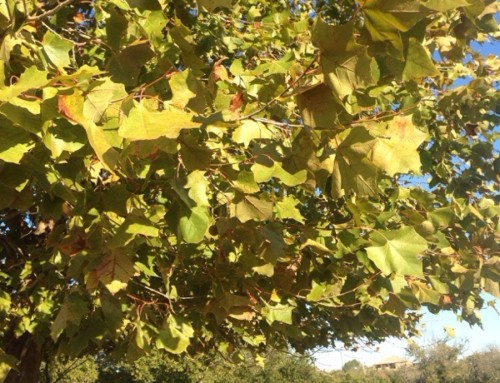
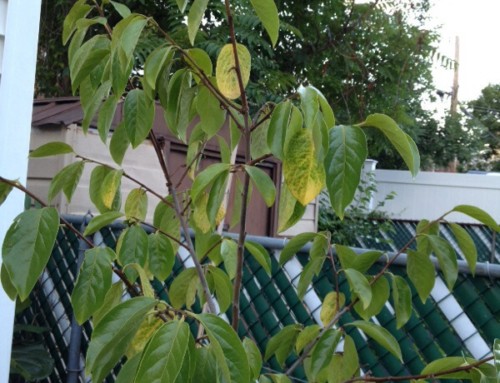
Leave A Comment